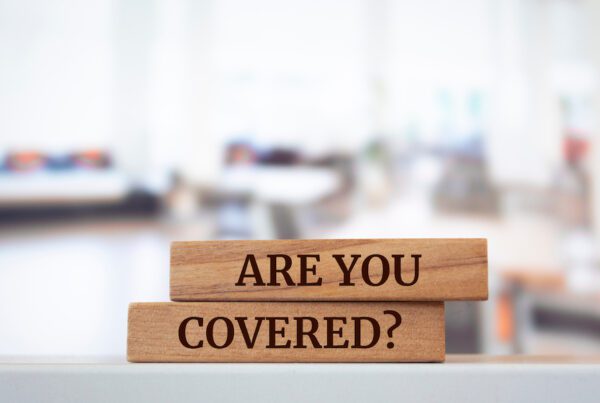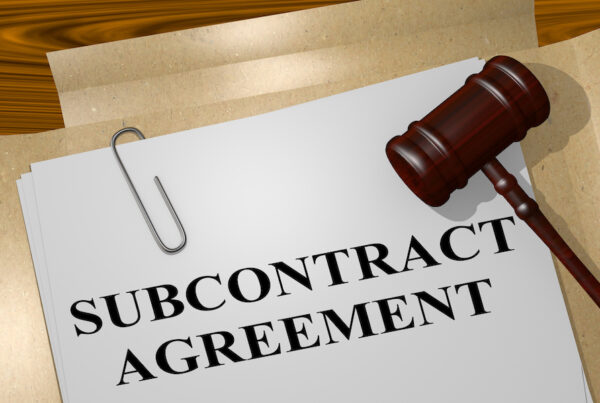Introduction:
As construction activity continues to surge in New York City, it’s crucial to be aware of the PGL1 form, a mandatory requirement for new ground-up and major construction projects. Developed by the NYCDOB (New York City Department of Buildings), this form ensures proper insurance coverage for construction activities. In this article, we’ll delve into the details of the PGL1 form and its implications for construction projects.
What is the PGL1 Form?
The PGL1 Form serves as a tool to ensure that all major construction projects in New York City have adequate insurance coverage. The NYCDOB has even created a helpful tool to determine the required coverage amount for your specific project, ensuring compliance with the PGL1 form. However, it’s important to note that there are limited exemptions, and you must meet all the exemption criteria to qualify. Refer to the full requirements for further information.
Limited Exemptions:
The exemptions only apply to specific cases, including the construction of a one or two-family home with excavation less than 12 feet deep, not located on the lot line with an existing structure, and with a height below 35 feet. If your project meets all these requirements, you are exempt from the PGL1 form.
Factors Affecting Coverage Amount:
The main factors that determine the required coverage amount on the PGL1 form are the height of the structure and the use of a tower crane. If a tower crane is used, a minimum liability coverage of $80 million is required.
Coverage Considerations:
The PGL1 form mandates having adequate coverage, unlike the previous practice where builders could get away with insufficient coverage. This requirement aims to prevent lawsuits and protect both the NYCDOB and workers. It also specifies exclusions that should not be present in your coverage, such as completed operations exclusion, XCU exclusion, residential exclusion (for residential work), EFIS exclusion (for EFIS work), exclusion for work within New York City, and exclusions related to the specific work described in the permits.
Importance of Compliance:
Complying with the PGL1 form is essential to protect the city of New York and insured workers, rather than solely benefiting the construction industry. To ensure compliance and avoid any costly mistakes, it is crucial to work with an experienced insurance broker who can guide you through the process of obtaining the PGL1 form.
Do You Have a Project Requiring a PGL1 Form?
If you have a new construction project in New York City, it’s essential to determine whether it falls under the requirements of the PGL1 form. Contact us to discuss your project and ensure that you meet the necessary insurance obligations outlined by the PGL1 form.



